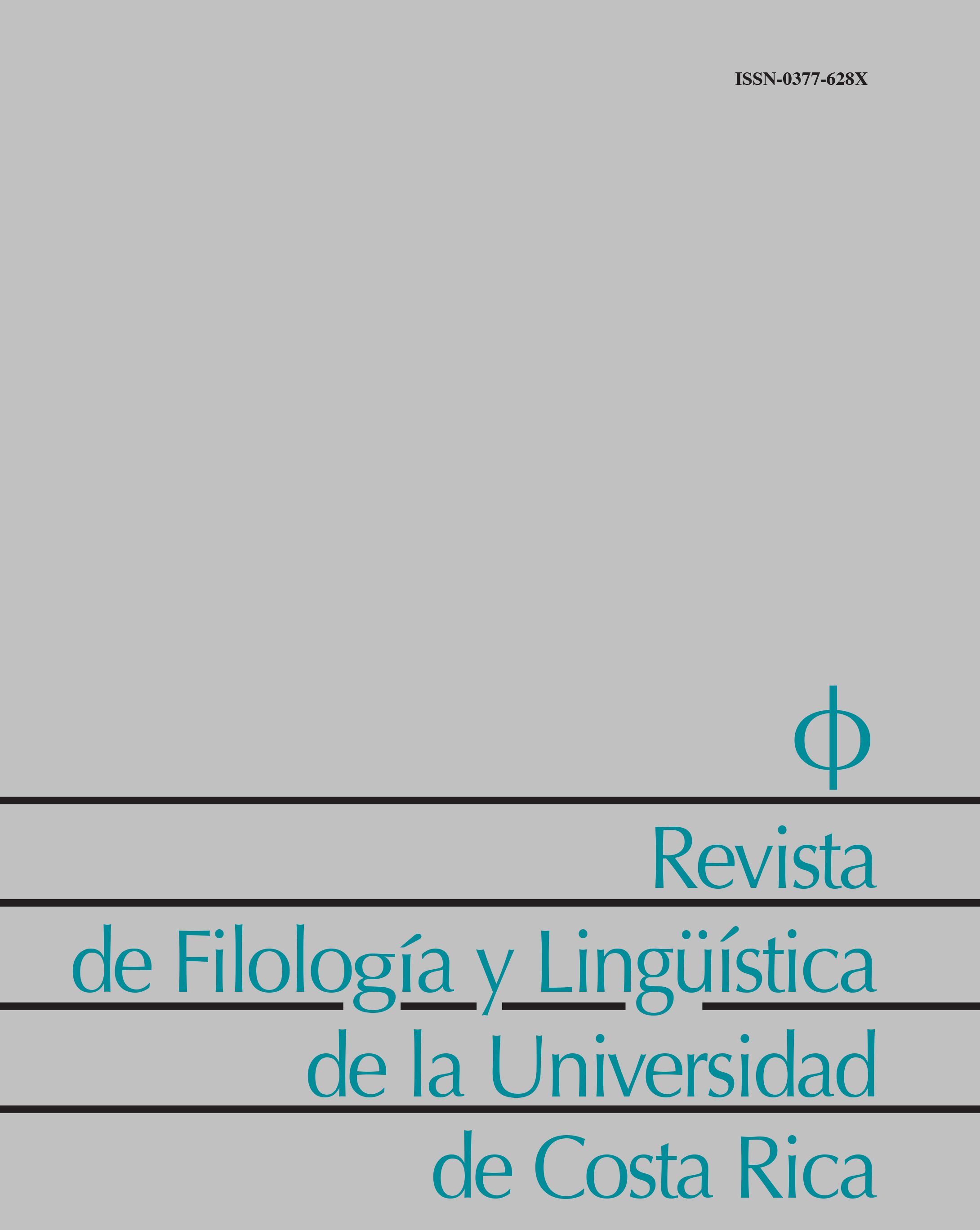Abstract
This paper provides a comparative analysis of “The Curious Impertinent”, an interpolated novel in Don Quixote (1605), and The Second Maiden’s Tragedy, a play attributed to Thomas Middleton premiered in 1611. Cervantes’s story about the stratagem contrived by a jealous husband who persuades his closest friend to test his wife’s fidelity and the pernicious consequences that ensue is rewritten in the subplot of Middleton’s work and adapted to the Jacobean political and ideological context. The play’s main storyline also mirrors the Cervantine-inspired episode: the female protagonist is equally tempted by a tyrant, but, as opposed to the seduced wife, she resists stoically and gives up her life to prevent an otherwise unavoidable rape. Critics of both works are divided as to whether they uphold the dominant construction of women as ‘naturally’ inferior to men, both being permeated by a blatantly misogynistic language that perpetuates the ‘weaker vessels’ ideology. The analysis developed in this paper aims to prove that, even though each text was produced in a different social context –and hence has different political motivations–, both are self-subversive, as they undermine the dominant ideology of femininity and the consequent power hierarchy, in both the private and the public spheres.
References
Bamford, K. (2000). Sexual Violence on the Jacobean Stage. New York: St Martin’s Press.
Brownlee, M. S. (2015). Experimental Architecture: Cervantes’s Curioso impertinente on the English Stage. Republics of Letters. A Journal for the Study of Knowledge, Politics and the Arts, 4(2), 1-12.
Butler, J. (1988). Performative Acts and Gender Constitution: An Essay in Phenomenology and Feminist Theory. Theatre Journal, 40(4), 519-531.
Cervantes, M. (2009). Don Quijote de La Mancha. (F. Rico, ed.). Madrid: Punto de Lectura.
Cervantes, M. (2003). Don Quixote. (J. Rutherford, trans.). London: Penguin.
Clark, S. (2002). Cervantes’s ‘The Curious Impertinent’ in some Jacobean Plays. Bulletin of Hispanic Studies, 79, 477-489.
Crawford, K. (2003). ‘All His Intents are Contrary to Man’: Softened Masculinity and Staging in Middleton's The Lady’s Tragedy. Medieval & Renaissance Drama in England, 16, 101-129
De Armas Wilson, D. (1987). ‘Passing the Love of Women’: The Intertextuality of El curioso impertinente. Cervantes: Bulletin of the Cervantes Society of America, 7(2), 9-28.
Fletcher, A. (1995). Gender, Sex and Subordination in England 1500-1800. New Haven: Yale University Press.
Fuchs, B. (2003). Passing for Spain: Cervantes and the Fictions of Identity. Illinois: University of Illinois Press.
Hopkins, L. (2002). The Female Hero in English Renaissance Tragedy. Basingstoke: Palgrave Macmillan.
Jehenson, M. Y. (1998). ArribaAbajoMasochisma versus Machismo or: Camila's Re-writing of Gender Assignations in Cervantes's Tale of Foolish Curiosity. Cervantes: Bulletin of the Cervantes Society of America, 18(2), 26-52.
Johnson, S. E. (2016). Staging Women and the Soul-Body Dynamic in Early Modern England. Farnham: Ashgate.
Lancashire, A. (Ed.). (1978). The Second Maiden’s Tragedy. Revels Plays. Manchester: Manchester University Press.
Laqueur, T. (1990). Making Sex: Body and Gender from the Greeks to Freud. Massachusetts: Harvard University Press.
Levin, R. (1963). The double plot of The Second Maiden’s Tragedy. Studies in English Literature 1500-1900, 3(2), 219-231.
Mancing, H. (2005). Camila’s Story. Cervantes: Bulletin of the Cervantes Society of America, 25(1), 9-22.
Middleton, T. (1864). The Second Maiden’s Tragedy. London: Printed for Charles Baldwyn, Newgate Street.
Montaigne, M. (2004). On Friendship. London: Penguin.
Pérez, A. H. (2011). Into the Dark Triangle of Desire: Rivalry, Resistance, and Repression in ‘El curioso impertinente’. Cervantes: Bulletin of the Cervantes Society of America, 31(1), 83-107.
Rackin, P. (1993). Historical Difference/Sexual Difference. In. J. Brink (Ed.). Privileging Gender in Early Modern England: Sixteenth Century Essays & Studies (Vol. XXIII) (pp. 37-63). Ann Arbor: Michigan University Press.
Traub, V. (2003). Gender and Sexuality in Shakespeare. In M. Grazia and S. Wells (Eds.). (pp. 129-146). The Cambridge Companion to Shakespeare. Cambridge: Cambridge University Press.
Zimmerman, S. (2002). Animating Matter: The Corpse as Idol in The Second Maiden’s Tragedy. Renaissance Drama, 31, 215-43.

